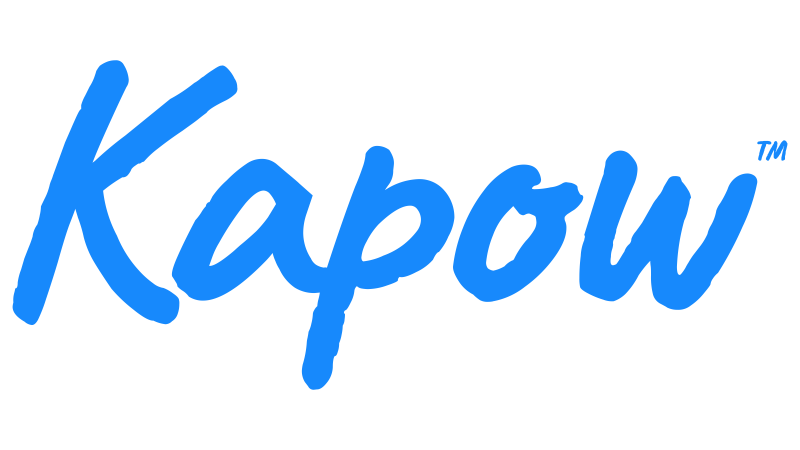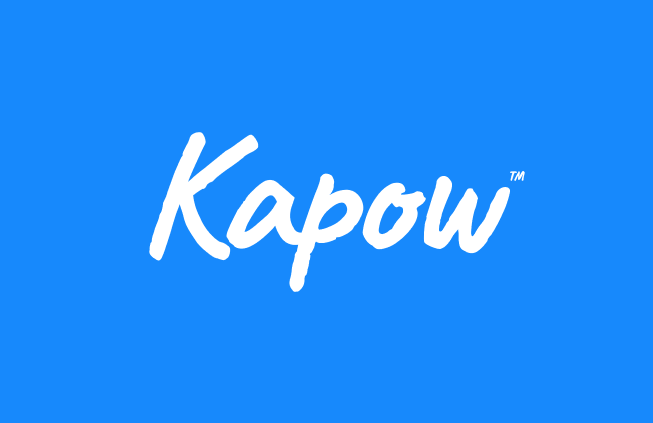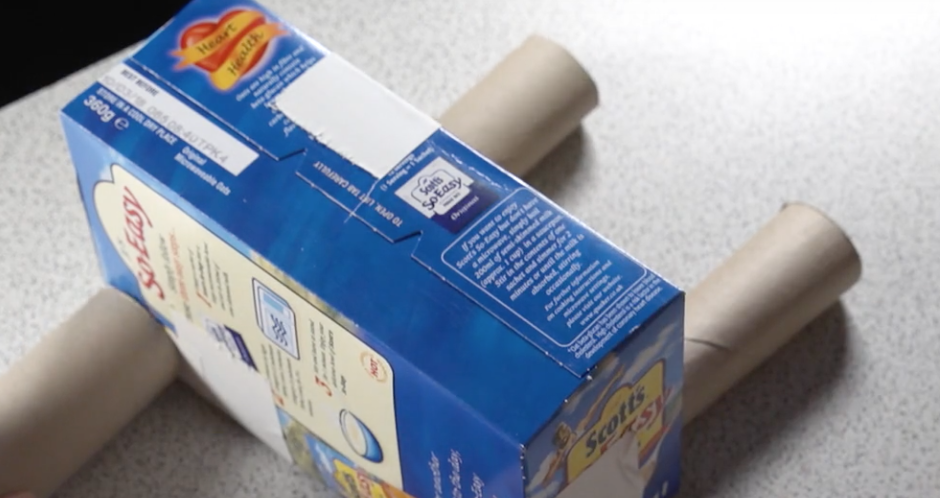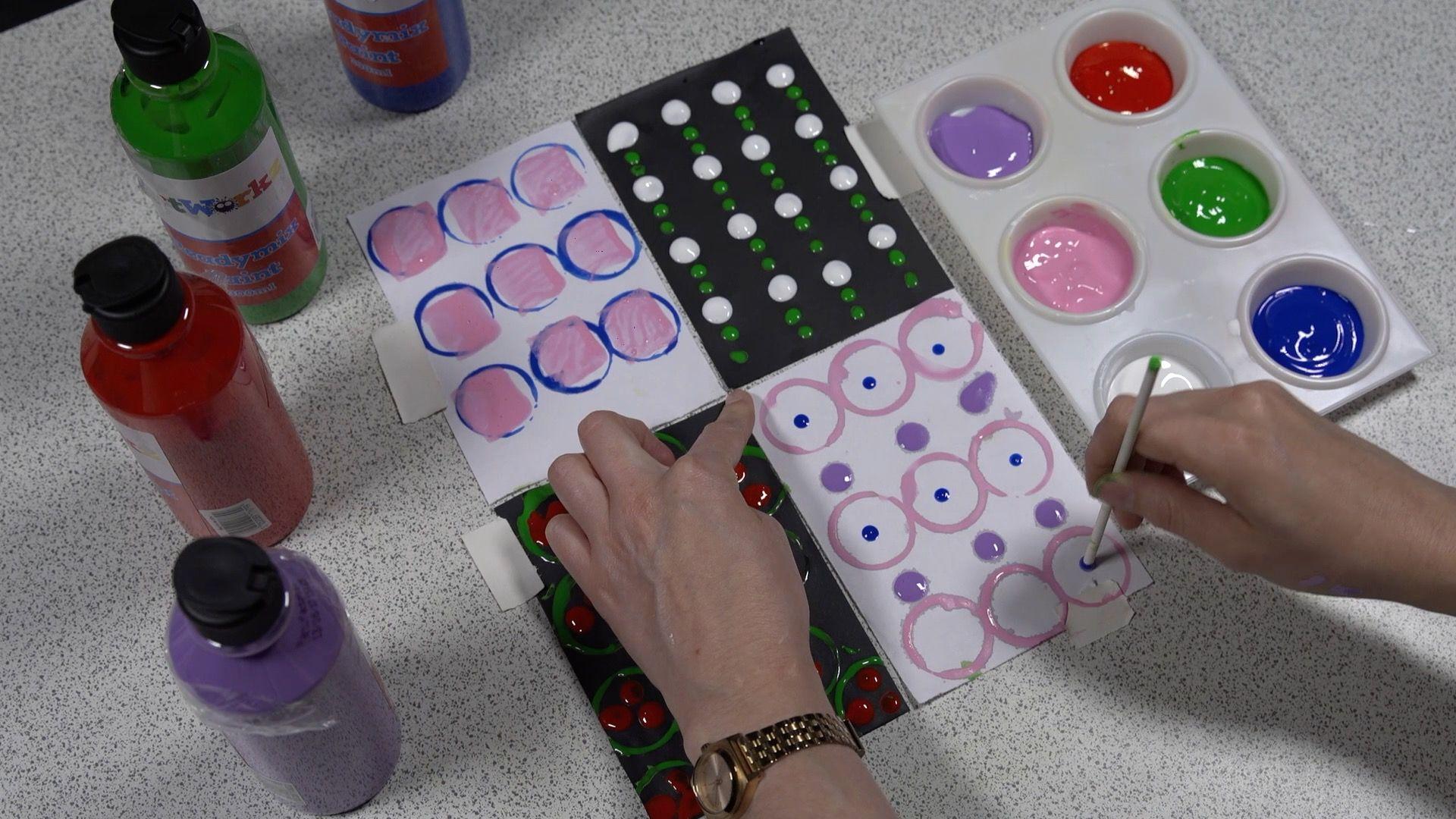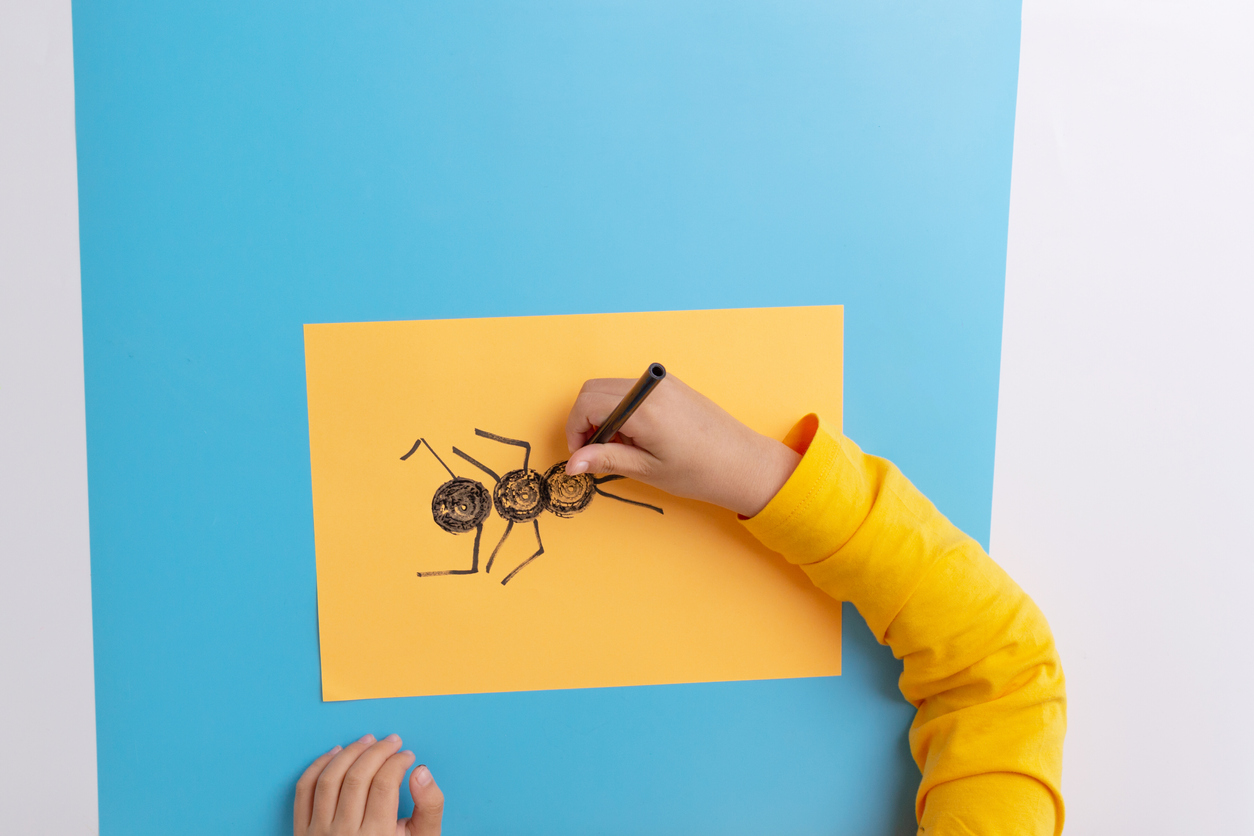Learning intention
- To develop painting skills.
Success criteria
- I can use a comfortable grip when holding
This content is for subscribers only. Join for access today.
Cambridge Primary Art & Design (0067) Learning objectives
Experiencing
E.02 Explore media, materials, tools,
This content is for subscribers only. Join for access today.
Before the lesson
This content is for subscribers only. Join for access today.
Lesson plan
Recap and recall
Show Presentation: Repeating patterns. In pairs, learners draw the start of a repeating pattern and ask their partner to continue it.
This content is for subscribers only. Join for access today.
Extended-mode explainer videos
How to extend your display to view the lesson page and preseantion mode simultaneously. Choose your operating system below to watch the video
If you need further support with extending your display,
please contact [email protected].
Differentiation
Learners needing support:
- Could use their hands to mimic a sweeping roller coaster line until they are confident to continue the movement and then replicate it on paper.
- Could use a pencil grip on the paintbrush to help learners hold it correctly.
Learners working at a stretch:
- Should add imaginative details to their roller coasters.
- Could think about how they would paint on other modes of transport, including bikes and trains. How would those paintings look different?
This content is for subscribers only. Join for access today.
Assessing progress and understanding
Learners with secure understanding can:
- Hold a brush correctly with confidence.
- Load the correct
This content is for subscribers only. Join for access today.
Vocabulary definitions
-
roller coaster
A ride that goes up and down steep slopes and round bends.
-
stroke
To make a line with a paintbrush.
This content is for subscribers only. Join for access today.
In this unit
Lesson 1: Junk model animals
Lesson 2: 3D colour drawings
Lesson 3: Repeating patterns
Lesson 4: Roller coaster ride
Lesson 5: Drawing for fun
